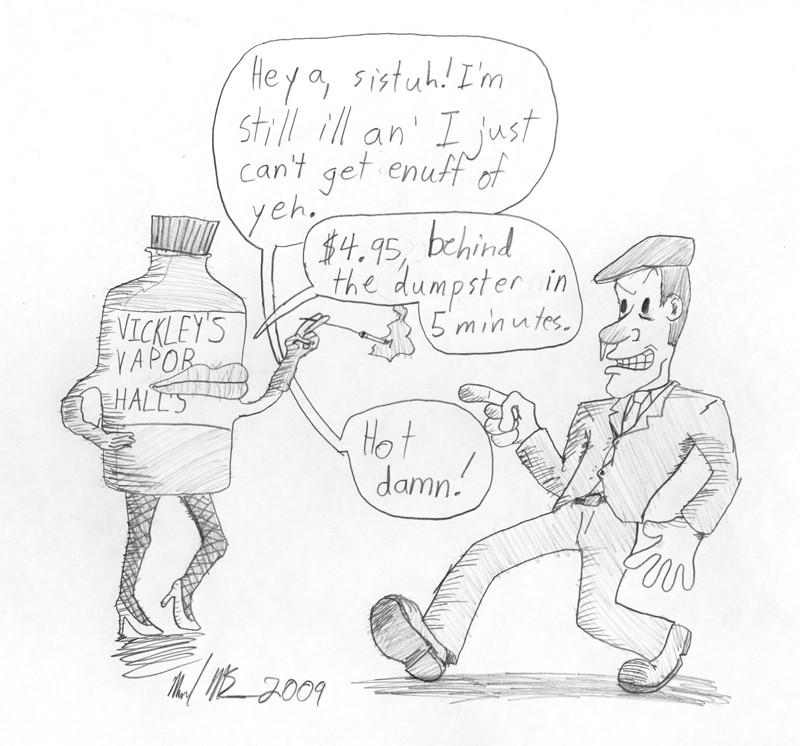Sickening sales figures
Are cold and flu medications useful, or a waste of money?
It’s cold and flu season again. This year, I was unable to avoid the onslaught. In two weeks of being down for the count, I spent $250 on cold and flu medicine. The real kicker though is that most of it didn’t even work. Is it just me or does that seem kind of messed up?
As consumers, we’re bombarded with advertising for different cold and flu medicines and many of them seem to do very little, if anything. The truth is, as long as the product is not dangerous and the companies can show that it can have some effect on cold and flu, they get to peddle it off for whatever price we’re willing to pay for it.
Granted, after seeing a doctor I found out that I had caught a particularly medication-resistant kind of flu. I’m sure you’ve heard of it.
But it really got me thinking. For as long as I can remember, whenever I had a sore throat I bought a pack of Halls and it only seems to help for a few minutes. Yet I keep going to the store to buy more. Add to that a bottle of Buckley’s, some NeoCitran, Vicks VapoRub and half a dozen other symptom-specific medicines.
All in all, pharmaceutical companies have quite a racket going for them - not even to mention the cost of going through all of the major multi-symptom medications trying to find the one that works best for a particular cold or flu.
In 2008, Americans spent $4.6 billion on cough and sore throat remedies. So far, $1.9 billion has been made by the makers of Tamiflu in the first nine months of 2009. Sales of Relenza in the second quarter of this year totalled $99 million in just three months. I still haven’t even brushed the tip of the iceberg when it comes to sales figures for cold and flu medicine.
The funniest part of it all is that most people swear, including my own doctor, that the best possible medicine for when you have a really bad flu, is chicken noodle soup, lots of liquids, some vitamin C and plenty of rest. Think about this.
It may cost you $1.25 for a can of soup, $10 for a bottle of vitamin C and all the water you need comes flowing from your taps. So how is it that the drug companies are making these kinds of profits off of us?
The truth of it is that we’re wimps when it comes to being sick. As bad as the symptoms may seem at the time, if we overuse products with medicinal ingredients, they stop being as effective.
My advice to everyone is to start paying more attention to the medicinal ingredients of the products you’re buying. Make sure that the products you buy don’t always have the same medicinal ingredients. The human body adapts and evolves to every situation it encounters, including drugs. That’s how our bodies build a tolerance to things. Don’t use medications every time you get the sniffles. Save that for when you’re really sick.
Alexander Kavanagh is a first-year University of Winnipeg student.
Published in Volume 64, Number 9 of The Uniter (October 29, 2009)







